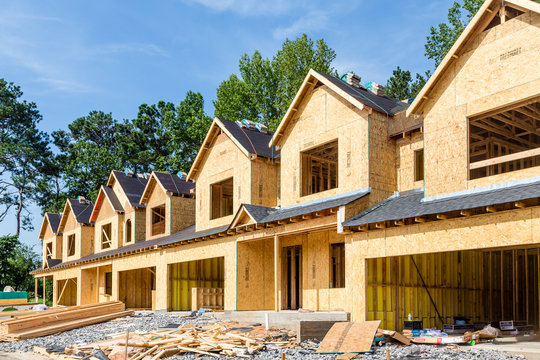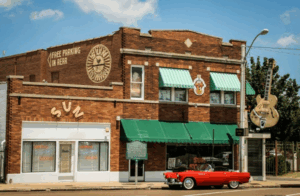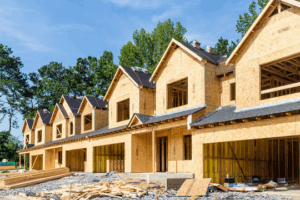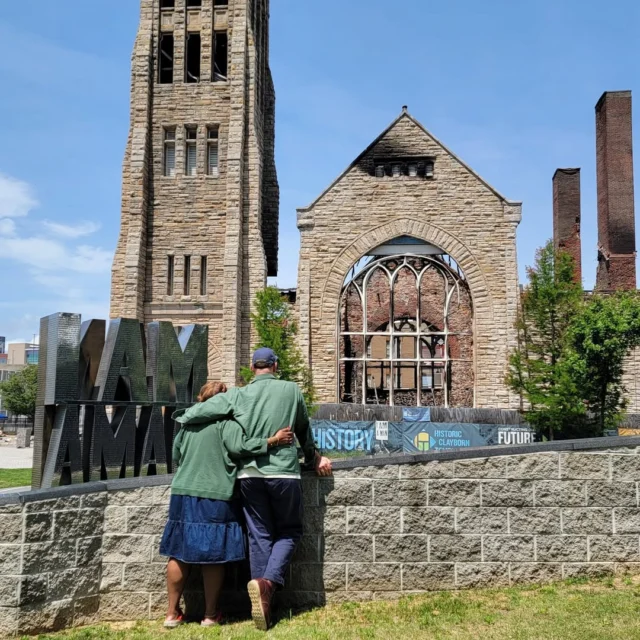When most people think of Memphis, they picture world-famous barbecue, soulful blues, and the birthplace of rock ‘n’ roll. But Memphis is also a logistics powerhouse—home to the world’s busiest cargo airport, one of the top trucking corridors in the country, and major global companies like FedEx, AutoZone, and International Paper. With a strong workforce in both transportation and hospitality, the city faces a growing need: more accessible housing for the people who keep Memphis moving.
The City of Memphis is responding with bold, innovative strategies to increase housing supply and affordability—especially for the missing middle, the range of housing types between single-family homes and large apartment buildings. While Memphis remains more affordable than many major U.S. cities, rapid price increases and limited housing options have made it harder for working families to find homes that meet their needs.
“Though Memphis is affordable relative to the national market, limited home options and climbing prices have made the market increasingly challenging for buyers,” said Hannah Jones, senior economic research analyst at Realtor.com.
As of June 2025, the median listing price for a home in Memphis was $347,200—up 51% since 2019. On a price-per-square-foot basis, that’s a 67% increase in just six years.
City leaders recognized that a different approach was needed. Instead of continuing to sprawl outward, they began shifting their focus inward—prioritizing infill development and zoning updates to support smarter, more sustainable growth.
A Smarter Way to Grow
Memphis Planning Director John Zeanah has led efforts to modernize the city’s development policies. That includes reducing minimum lot sizes to allow for more dense housing—like townhomes, accessory dwelling units (ADUs), and small multifamily buildings—within the city’s core.
Previously, Memphis had expanded its footprint to 340 square miles without a matching increase in population, which stretched city services and strained infrastructure. Zeanah and his team set out to change that.
By updating building codes and streamlining permitting processes, the City made it faster and more cost-effective to build. Inspections now happen the day after they’re requested about 75% of the time, and permit response time is down to an average of 2–3 days. For residential projects, the full process now takes less than a month—and the goal is to cut that to just 15 days.
In 2024, the City launched a housing task force that brought together government, builders, developers, bankers, and community organizations. Together, they examined land acquisition, zoning, and financing tools to help unlock more workforce housing.
One major win? A new ordinance allowing developers to receive vacant, city-owned lots at no cost—if they build on them within a year. It’s a creative way to turn long-vacant land into vibrant neighborhoods.
Building the Blueprint: Meet Andre Jones
Andre Jones, co-owner of Jones Urban Development, is one of the local developers turning these policies into progress.
Jones has been working hand-in-hand with the City to reduce barriers to housing development—like costly sprinkler requirements and outdated zoning rules—so those savings can be passed directly to residents.
His communities are designed to be walkable and diverse, with micro-homes, ADUs, and townhomes all on the same block. They’re targeted toward buyers earning 80–120% of the area median income and built with quality in mind—featuring hardwood floors, trimmed windows, and energy-efficient systems.
“What we did is put together a capital cocktail to get the project out of the ground,” Jones explained. “Community partners gave us low-interest loans and grants for development.”
Jones also acted as his own general contractor to cut costs further, even waiving his fee to ensure the project could succeed and serve as a learning model. Today, his developments meet EcoBuild standards and use ductless mini splits to keep residents’ utility bills low.
“This type of project will be replicable because of the advocacy,” Jones said. “Moving forward, we’ve removed a lot of barriers, so we’ll be able to build more of these types of homes. The goal is to use less and less subsidy moving forward.”
A Model for the Nation
Memphis’ response to the national crisis of missing middle housing is gaining attention beyond city limits. Since the 1980s, production of missing middle housing has dropped by more than half across the U.S., contributing to the affordability challenges cities now face.
Here in Memphis, a five-year update to the city’s comprehensive plan is already underway. That includes new zoning proposals to allow more mixed-use and multifamily development—especially near high-transit corridors and industrial areas.
A new pre-approved residential plan program is also helping developers move more quickly, allowing small multifamily projects to receive permits in as little as 24 hours.
And Memphis isn’t alone. Across the country, other cities and developers are exploring modular construction and smarter codes to help bring missing middle housing back into the market.
But here at home, Memphis is proving that when policy, community, and innovation work together, real change is possible.





































